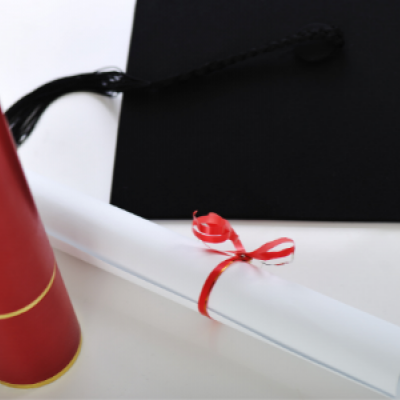Seminarium “Spatio-temporal modelling of respiratory disease risk with changing spatial boundaries” [11.10.2023]
Seminarium odbędzie się 11 października (środa) w godz. 15:00-16:30 w Sali A203 na WNE UW (ul. Długa 44/50).
Abstrakt:
Spatial modelling of areal data allows us to investigate patterns and variation in outcomes across space and is often used in areas such as disease mapping. However, just to make our lives more complicated, the definition of these areas’ boundaries (within a fixed region) can often change over time. This makes it difficult to extend the spatial modelling into the temporal dimension due to non-comparable inference from the spatial misalignment of the areal data. In this talk we will investigate modelling the risk of respiratory disease hospital admission on the intermediate geographies (IGs) making up the Greater Glasgow and Clyde health board. Part of what we are investigating here is whether health inequalities are changing over the period of 2006 to 2016. In order to deal with a change in IG definition in 2011, we introduce a multiple imputation approach that allows inference to be made on a common grid for both sets of IGs.
Dr Nema Dean received her M.A. in Mathematics from Trinity College Dublin in 2002 and her Ph.D. in Statistics from the University of Washington, Seattle in 2006. She joined the University of Glasgow in 2006.
She is predominantly an applied statistician with an interest in methodological development driven by interesting practical problems. Areas she has worked on in the past/currently include:
- Educational testing
- Food authenticity
- Forensic statistics
- Chemometrics
- Medical applications
- Urban studies
- Many others...
Her areas of interest methodologically are wide-ranging including: cluster analysis - particularly model-based and hierarchical, semi-supervised learning, variable selection, disease mapping, hierarchical Bayesian models, Bayesian approximation methods, boundary detection, areal modelling, spatio-temporal modelling and others.


